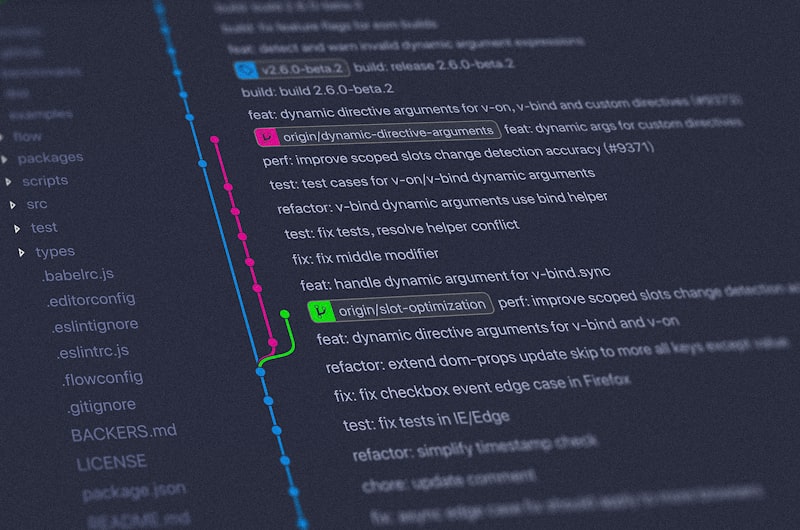It’s in the middle of CONTENT, CONTEXT, USERS. It has 4 components:
- Organization: Scheme + structure
- Labeling: textual & iconic
- Navigation: global + local + contextual + suplemental
- Search: Know-item, exploratory, exhaustive, refinding.
It’s done for 2 primary human needs:
- Finding: we search, we navigate, or we ask.
- Understanding: structure, rythym and typology.
The most popular approaches are:
- Top–down: Questions → Meet needs
- Bottom–up: Help recognize content → Find themselves and jump to the content
- Where am I?
- What is here?
- Where can I go from here?
Organization
- Scheme
- Exact
- Ambiguous
- Structure
- Hierarchy
- Data base
- Hypertext
Labeling
- Textual
- Contextual links
- Headings
- Nav. systems
- Index terms
- Iconic
- Visually
Labels have to design according to:
- Audience
- Comprehensiveness
- Granularity
- Syntax
- Presentation
- Style
Navigation
Chart our course, determine our position, and find our way back. This provides a sense of context and confort as we explore.
- Global
- Nav. bar
- Mega menu
- Footer
- Local
- Left nav. bar
- Sub menu
- Contextual
- In-line links
- Suplemental
- Sitemaps
- Index
- Guides

